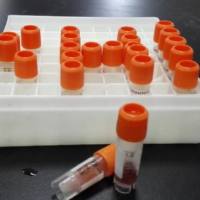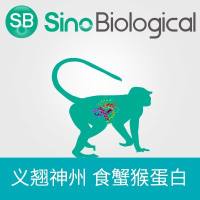Supercritical Fluid Extraction of Polychlorinated Biphenyls from Fish Tissue
互联网
418
Polychlorinated biphenyls (PCBs) are of great concern to the scientific and regulatory communities due to their tendency to accumulate to toxic levels in the edible tissues of fish and other organisms (1 –4 ). PCBs are nonpolar compounds that can partition into the lipid reservoirs of edible tissues causing damage to ecosystems and human health (5 ,6 ). Despite significant progress in environmental reform, extraction methodologies required to isolate PCBs continue to rely heavily on environmentally deleterious liquid organic solvent extraction methods such as Soxhlet extraction, sonication, and column elution (7 –9 ). These techniques are laborious, tedious, analyte-nonselective, and require copious volumes of organic solvents. Common solvents are typically toxic or flammable and ultimately must be disposed of as hazardous waste. Traditional solvent extracts obtained require multiple postextraction purification steps, such as gel permeation chromatography (GPC), florisil, and silica column clean-up (10 ). These steps contribute further to the hazardous waste disposal problem facing environmental laboratories. The entire process is paradoxical in that it contradicts the intended goal of these procedures, that of improving environmental quality.








